Tips for a Greener Home
When it comes to protecting the environment, every little action collectively counts! We know how difficult it can be to rethink the way we live or consume, especially when our daily lives are already so full. The secret is to take it one step at a time and to learn to choose your battles. Here [...]
When it comes to protecting the environment, every little action collectively counts! We know how difficult it can be to rethink the way we live or consume, especially when our daily lives are already so full. The secret is to take it one step at a time and to learn to choose your battles.
Here are a few simple tips to help get you on the right track to greenifying your home.
Tip #1: Reuse vegetable peel leftovers
These unsightly scraps have more to offer than you might think. In fact, it is in the peel of vegetables that we find a good part of their nutrients and flavours. It would be a shame to throw away these precious allies of our kitchen. Especially since they can save us a little money on our grocery bills…
Peelings can be used to make a vegetable broth for your soups, stews, sauces… Simply wash your vegetables well (buying organic is even better!) before peeling them, then boil in a pot for 30 minutes. Strain the liquid through a mesh sieve and you’ll have a homemade broth that can be stored for up to 1 week in the refrigerator
Don’t need broth right now? No worries! Place your peelings in an air-tight container and store in the freezer until needed. Delicious!

Tip #2: Grow useful plants
Unless you have a botanical background, it can be overwhelming to choose your houseplants. Although many people focus on the decorative aspect, it is possible to choose useful plants that can provide something extra that goes beyond appearance.
It’s so rewarding to make an informed choice that allows for a more thoughtful use of our precious resources, such as drinking water.
Among other good ideas, we can think of fresh herbs. If you are lucky enough to have a well-lit room, you can easily grow parsley, Greek oregano, English thyme, chives, mint, basil, or even marjoram. These plants have an interesting appearance, go well with a wide variety of dishes, and add a decorative touch to your plate. If they overgrow, try cutting a few sprigs to make a bouquet that hangs upside down by a string. In one quick summer, you’ll have your own homemade dried herbs and Instagram-worthy decor!
For pet owners: Be sure to choose non-toxic plants for your pets! Don’t hesitate to ask your vet or a plant expert for advice.
Tip #3: Repurpose items for food storage
One of the current kitchen trends is super-organization and labelling: storing food in well-labeled jars with neat handwriting. While the idea allows for increased productivity, limits wasted time, and guarantees the freshness of your food over time, there is one small issue with this practice. Buying new (and empty) jars to store your food and could make you fall into the trap of overconsumption.
An eco-friendly way to follow this trend would be to buy products that are sold in airtight and reusable containers that can then be repurposed. By encouraging sustainable packaging, we save time and money while participating in a zero-waste lifestyle.
The major drawback of this practice could be the aesthetics of the whole. A nice problem that can be solved on a quiet rainy day: it’s time to let your creativity loose! By rubbing the jars in hot water with soap to remove the labels, you’ll be free to decorate to your taste. Paint for the glass jars, pretty labels with small watercolor illustrations, fabric loops for decorating, playing around with calligraphy… there is a whole world of infinite possibilities!
An idea for parents: Let the kids participate in this green project by hosting an empty glass jar decorating activity for their favorite foods.
It will make a beautiful, lasting, and useful souvenir from their childhood (and will also teach them about the importance of efficient food storage)!

Tip #4: Return the seeds to the earth
Among the long list of wasted potential are the many seeds and fruit pits that end up in the garbage after every meal prep. Far from being insignificant, these trees in the making can become useful for those who want to contribute to the regrowth of local fruit tree forests. The resulting trees will produce flowers that will delight pollinators, such as our beloved bees.
After enjoying your favorite organic fruits (cherries, peaches, plums, apples), wash the pits and seeds in cold water. You must remove all traces of flesh and sugar, otherwise the seed will rot. Then, you must let them dry. Store in a dark and dry place. A short trip to the refrigerator is then necessary, to simulate the winter.
In the spring, you can plant your fruit pits by respecting the requirements of each tree. If you’re less comfortable with this aspect, you can always spread them in your garden, a vacant lot, in a forest or in a park. If they don’t become a tree, the pits will please the granivorous birds!
Tip #5: Reduce plastic cleaning product bottles
There are many ways to reduce the number of plastic bottles for cleaning products. Some require a greater investment of time than others, but they are all worthwhile.
For lovers of minimalism (or enemies of over-consumption), Green Beaver recommends Castile soap. Versatile and eco-friendly, it is a greener alternative made from sunflower oil and organic coconut oil that allows you to wash almost everything: the washroom, the kids’ toys, laundry, the car, the dog and even your body! You’ll trade in your collection of plastic bottles for one single (recyclable) concentrated product. In the long run, you save both the resources of our beautiful planet and your money.
Find out more about this magic potion here.



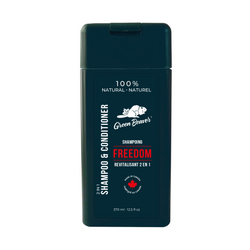



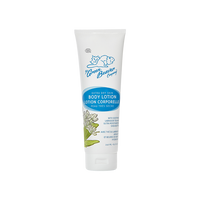
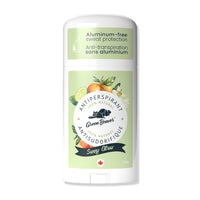
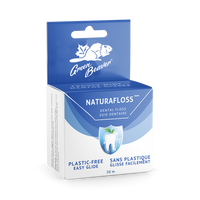
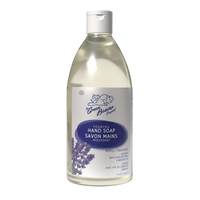


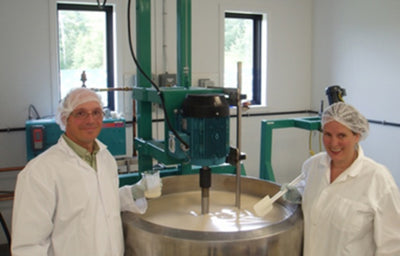

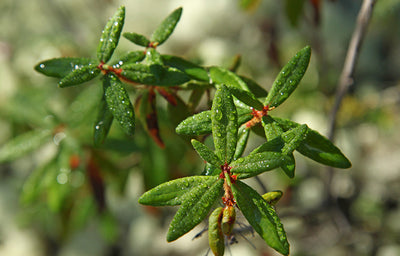
Love the lavender Castile soap! Smells lovely, no skin breaking out, purchasing more right now!
Leave a comment